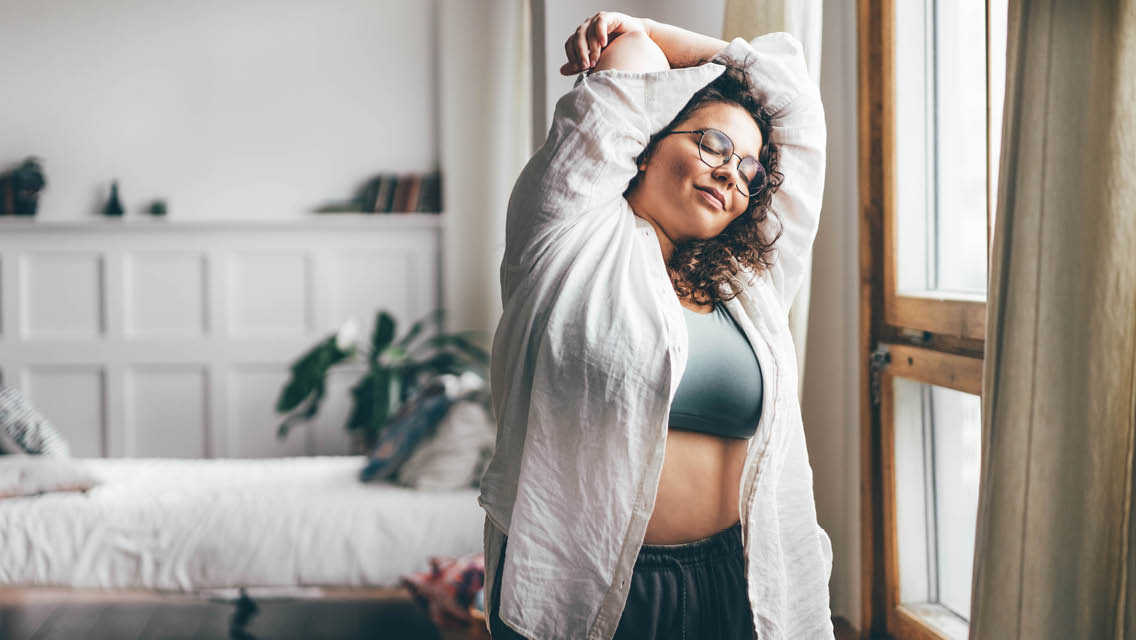
Title: From Weight Loss at 13 to Accepting Body Neutrality: A Path to Enduring Self-Worth
At 13, I started my first diet after battling body image issues and low self-esteem for years. While most kids are discovering themselves through hobbies, friendships, and new adventures, I was learning to control and punish my body. I believed my value was directly linked to my appearance—and like many, I thought that changing my looks would finally bring me happiness.
The repetitive cycle of strict diets, exercise, weight loss, attention, setbacks, and feelings of despair became a significant part of my life. However, with time, I came across a liberating mindset called body neutrality, which offered not just relief, but freedom.
In this article, I will share my journey from fixation to acceptance—and provide insights on how to embrace body neutrality to achieve a sense of tranquility with your body, enhance your well-being, and reconnect with what genuinely enriches life.
What Is Body Neutrality?
Body neutrality is a perspective that emphasizes valuing and respecting your body for its functions rather than its appearance. This viewpoint does not require you to adore every aspect of yourself every single day, nor does it insist you ignore your looks completely. Rather, it promotes a balanced viewpoint—allowing for self-kindness, appreciation of bodily abilities, and inherent self-worth.
In practice, body neutrality may manifest as:
– Engaging in physical activity because it invigorates you, not as a way to compensate for food or diminish “imperfections.”
– Consuming nourishing foods for the benefit of your health—not to alter your size.
– Wearing clothes that feel genuine and comfortable rather than using fashion as a façade or shield.
– Participating in enjoyable activities (like social gatherings or beach outings) regardless of how you feel about your appearance that day.
– Valuing your body enough to care for it—even if you aren’t particularly fond of how it looks.
Myths about Body Neutrality
Let’s address a few false beliefs:
1. “If I stop focusing on my appearance, I’ll neglect my health.”
Embracing body neutrality doesn’t mean abandoning health; it involves redefining health beyond aesthetic objectives. Ironically, taking appearance out of the equation can lead to more compassionate and sustainable health habits.
2. “It’s only for those with larger bodies.”
Body neutrality is advantageous for everyone—including those in smaller or culturally “ideal” bodies. Many may appear successful externally but struggle internally with the pressure to uphold that image.
3. “You can’t have aesthetic ambitions.”
Aesthetic goals aren’t inherently harmful. The aim is for body neutrality to guide you—rather than guilt, shame, or self-loathing.
Five Body-Neutral Strategies to Implement Today
1. Embrace Joy Now—Not Later
We often delay pleasure until we feel “ready”: “I’ll travel when I drop 10 lbs.” Or, “I’ll join the club once I feel confident in gym shorts.” What if you didn’t hold back? Try engaging in one activity your insecurities have held you back from. Even small actions, like enjoying a coffee outing or signing up for a pottery class, can enhance your self-worth.
2. Establish Function-Centered Goals
Redirect your fitness and lifestyle targets towards functionality and sensation. Want to run a 5K, accomplish ten push-ups, or play with your kids without losing breath? These are substantial goals that build confidence in your body’s abilities—not just its looks.
3. Create a Positive Environment
Your surroundings can greatly influence how you perceive yourself. Unfollow social media accounts focused on appearance. Instead, follow creators who value authenticity, art, humor, advocacy, or education. Discard the scale if it affects your mood negatively. Set boundaries in conversations that revolve around dieting, body criticism, or comparisons of appearance.
4. Engage with Body-Neutral Communities
Connecting with body-neutral spaces—be it online forums, group fitness programs, therapy, or friends—helps normalize this mindset and keeps you centered. Groups like Health at Every Size (HAES) or intuitive eating communities provide support and motivation.
5. Anticipate and Accept Imperfection
You won’t feel body-neutral all the time—and that’s perfectly acceptable. The objective is progress rather than perfection. If you’ve linked your worth to your body for years, it will take time to unlearn that pattern. Be gentle with yourself through the ups and downs. Remember: Every step away from body disdain is a significant move toward self-respect.
“Meh” Is the Key
Jessi Kneeland, a well-regarded educator in body image, articulates it best: “The ‘meh’ is the key.” Body neutrality is not about constant self-adoration—it’s about reaching a state where